
In the spring of 2023, Rigel Wakil, BArch '24, was talking with his classmate, a Student Ambassador named Honour Colby, about an exciting opportunity. Thanks to the Hart Howerton Fellowship, he earned an opportunity to explore and research traditional Japanese inns, Ryokans, on a planned research trip later that summer. Close to a year later, Wakil returned to the College of Design and presented his findings to the School of Architecture & Environment (SAE).

With the support of the Fellowship, Wakil was able to explore and conduct research on his topic across the sea. The Fellowship was started in 2006 by Hart Howerton as an education initiative specifically for students at design schools. Each summer, the Fellowship allows the firm to offer internships to students in planning, architecture, landscape architecture, or interior design in either their New York or San Francisco offices. This excellent experiential education opportunity gives students the chance to gain powerful work experience while still in the final year of their educational program, as they work in concert with the professionals of the firm, receiving feedback and guidance throughout their fellowship.
"Over the summer, I spent a few weeks preparing for the trip at Hart Howerton's office and spent three weeks in July traveling Japan," said Wakil.
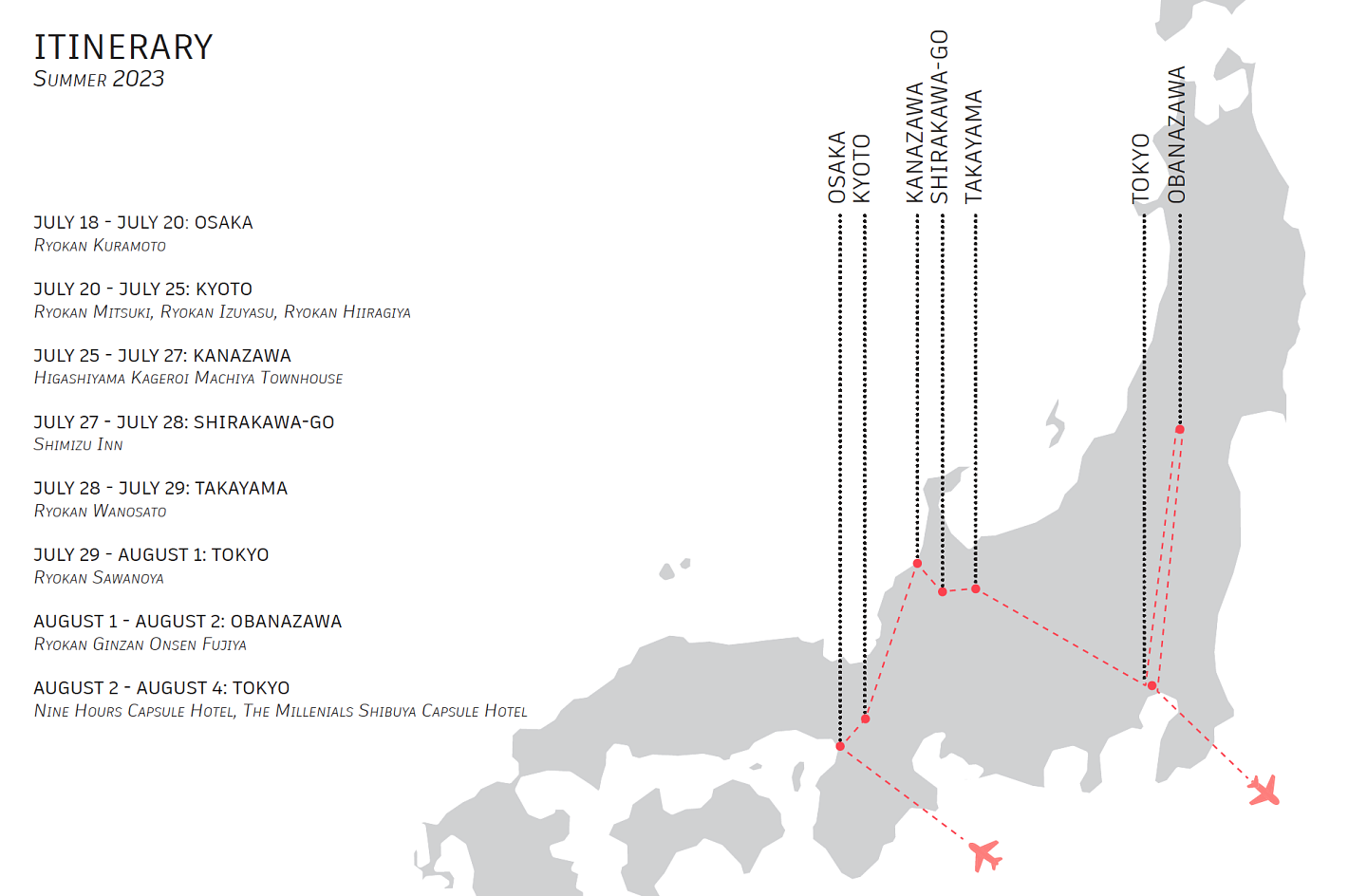
The fellowship is split between working as a part of a Hart Howerton project team while also finalizing their travel study. After 3-5 weeks of being in the professional offices of either Hart Howerton office, the fellow is swept away to their planned travel destination. During the travel period, fellows meet regularly with their assigned team to ensure continuity and research progression.
Wakil’s research was centered around specific Japanese hotels called Ryokans. Ryokans are renowned throughout the world for exemplifying traditional Japan and, in many ways, serve as a time capsule to a different time in Japanese history. Each building, while unique, shares similar architectural philosophy, features and Japanese wholehearted hospitality, also known as Omotenashi. These traditional inns are found in urban and rural areas alike and Wakil was interested in understanding what makes a Ryokan special.
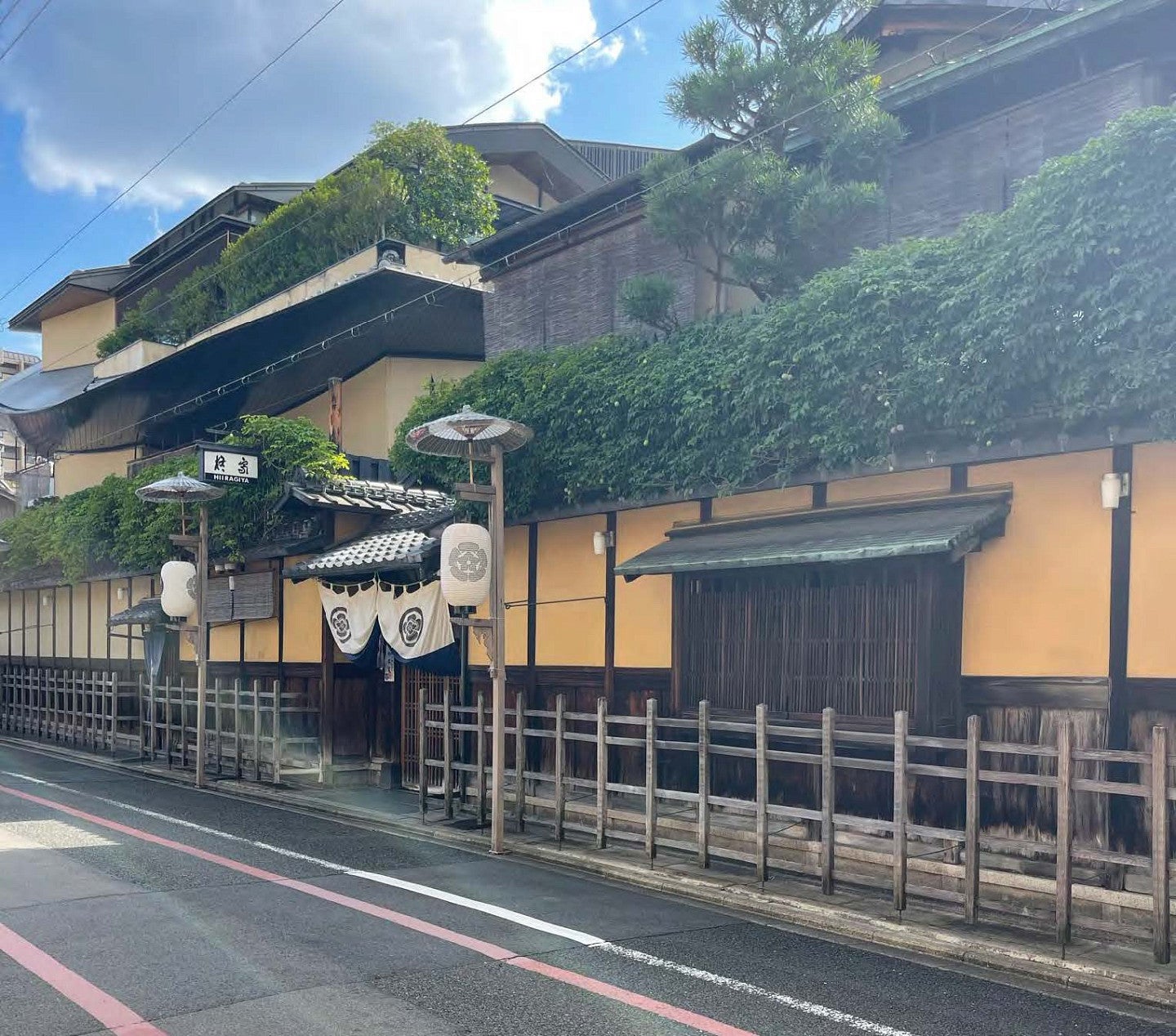
"I went to many different inns around the country, from urban to rural, expensive, inexpensive, small-scale, large-scale," explained Wakil. "At all these inns, I was sketching, diagramming, a written day-in-the-life to try and capture the experience."
From July to August 2023, Wakil stayed in 9 Ryokans spread throughout Japan in both rural and urban areas. It did not matter if the Ryokan was in a busy urban location or a quiet rural site, the stay was equally enjoyable and shared similar experiential offerings, such as dinner or specific room configurations.
"Ryokans are gateways to experiencing historic Japan. They are pretty unique, these types of inns, built with traditional Japanese architecture [but they also shared] experiential touchpoints, like the tatami mats and rituals that slowed down time during the visit," said Wakil. "Each inn provided a unique, yet familiar experience. I even went to a modern inn designed by a famous Japanese architect, Kengo Kuma, that was neat. "
During his research trip, Wakil investigated how the “ryokan typology architecturally and experientially promotes a sense of well-being.” His rigorous investigation included an architectural analysis and visual analysis. Wakil documented the guest experience through sketches, diagrams, and descriptive writings that recorded his guest experience through the five senses. His visual analysis was captured with the help of a special camera that captured 360-degree images of the rooms for virtual reality headsets and immersion. With the captured images, Wakil created a survey that analyzed human perceptions of well-being in the Ryokans.
"The main goal was to measure the spaces architecturally and experientially," explained Wakil. In a VR headset, "People saw five different scenes and then shared their feelings to specific questions using a Lickert scale. I captured over forty meaningful responses to the photos during my first round of surveys."
After the travel was concluded, Wakil defined the ten characteristics he found to be crucial to the Ryokan experience. These characteristics blend the architectural and experiential elements into a useful lens for defining and exploring the Ryokan experience. All the photos below and embedded throughout are courtesy of Wakil.
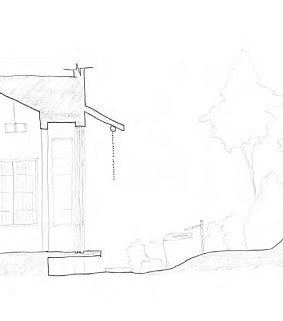
The Inside is Outside
Establish a gradient with nature.

The Long Path
Choreograph a withdrawal from the ordinary.
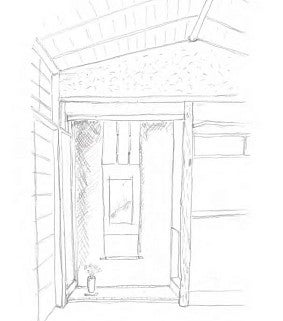
The Focal Point
Highlight the important element of the room.
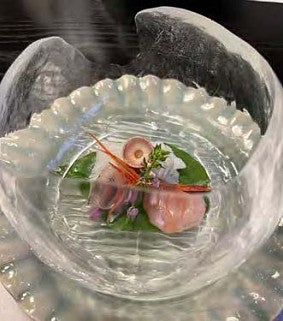
Slowing of Time
Practice a complementary series of rituals.
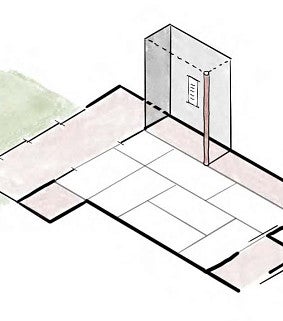
The Intimate Scale
Experience spatial hierarchies.
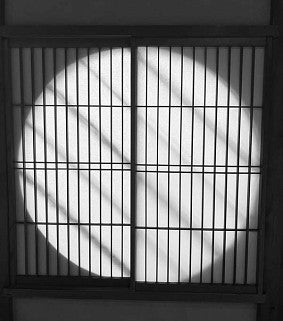
A Duality of Light
Embrace a gradation of shadows.
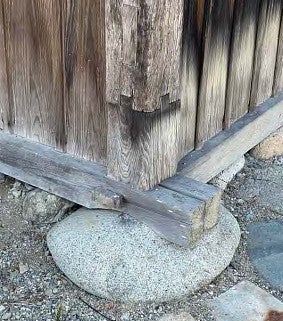
Celebrated Craftsmanship
Reveal material expression.
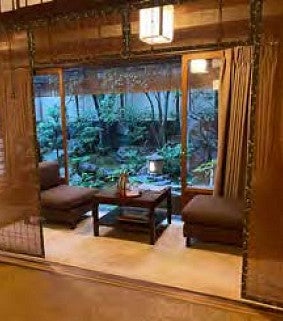
Experience of the Five Senses
Design for the five senses.
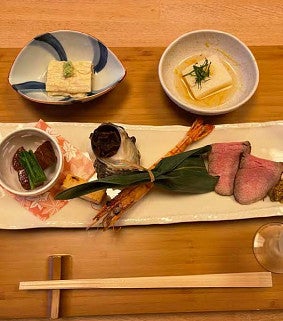
Omotenashi
Appreciate Japanese "wholehearted hospitality."
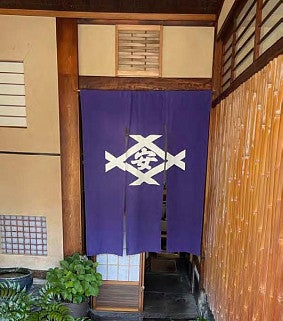
The Story
Celebrate the family narrative.
After presenting to Hart Howerton on his findings, Wakil was energized to continue his research and showcase his findings to students and others at the University of Oregon. He talked about his experience with students at the College of Design and explained the importance of working with teachers and outside organizations to find opportunities like the Hart Howerton Fellowship.
Image
"I presented to about 200 people, virtually and in person," explained Wakil. "Hart Howerton designs high-end resorts around the world, so my research, trip, and presentation felt important and impactful. I would highly recommend this fellowship and opportunity to UO students."
SAE invited Wakil to present his findings in a noon talk at the College of Design on April 12 in LA 206. With both presentations completed, he is excited about what is next. Wakil plans to collect his findings and publish a book with his fellowship research, all the while continuing to analyze his research and data findings.
